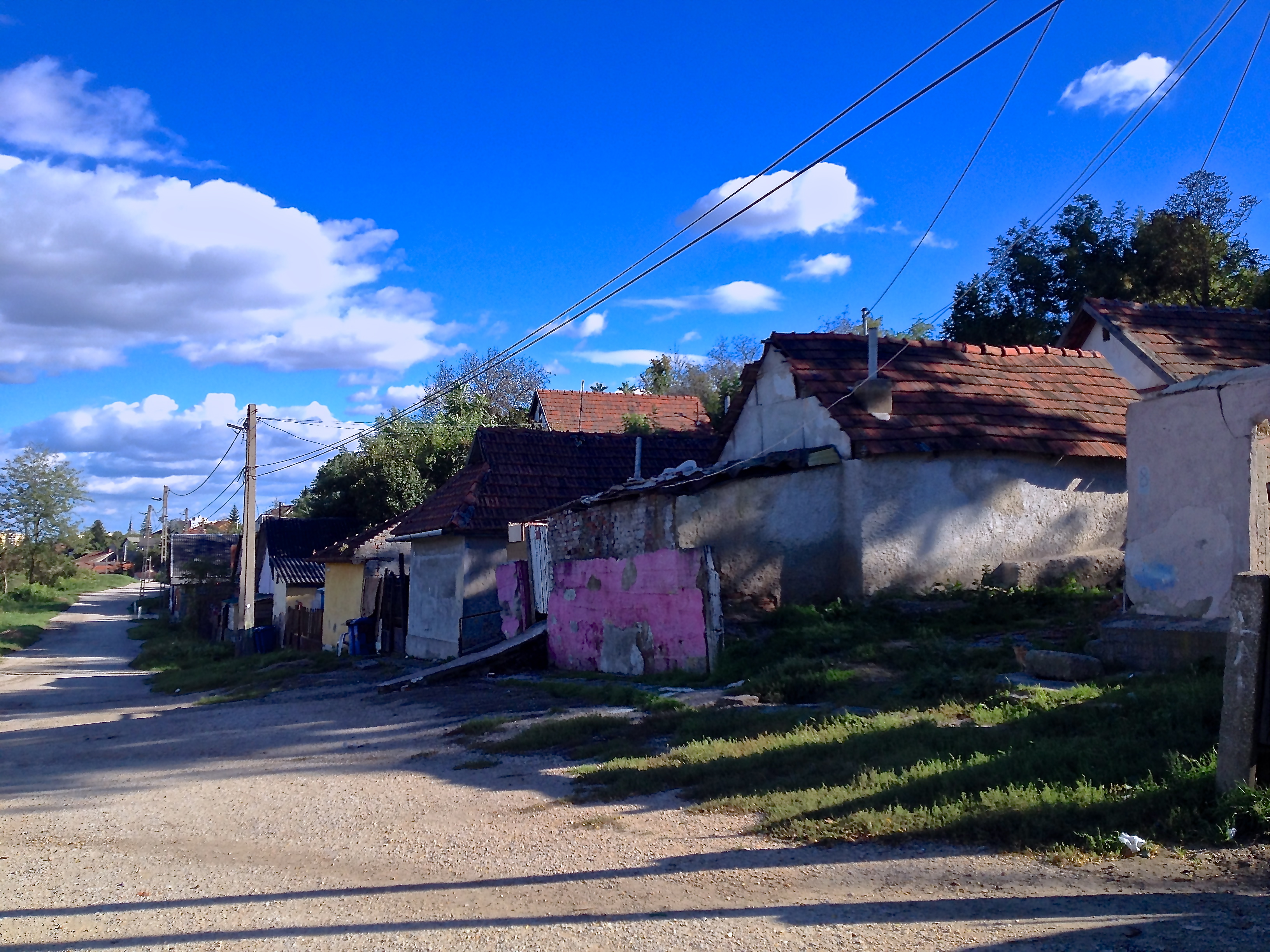Project March 22, 2015
Separate and Unequal: The Struggle to Desegregate Roma Students in Eastern Europe
Country:

Throughout Central and Eastern Europe, Roma students have long been segregated in substandard schools and classrooms—one of the most damaging facets of systemic discrimination in that it helps condemn them to a life of poverty.
In recent years, Roma Rights groups have won several court cases demanding the closure of Roma-only schools and the integration of Roma students into mainstream facilities. But in most countries, national desegregation policies have yet to be established. And so far, meaningful change has been slow to come.
Schools closed through judicial decision are often reopened with changing political tides. Meanwhile, some Roma students are shunted into programs for the mentally disabled through tests that critics say are biased, while others are incorporated into mainstream schools only to remain segregated within Roma-only classrooms.
Roma activists blame racism—both blatant and institutional—for the lack of progress: They say average middle-class families resist Roma acculturation based on a misperception that the Roma themselves are not capable of or interested in mainstream education. Teachers, politicians and elected officials carry those same prejudices into their work. And progressive action is frequently undermined by anti-Roma violence.
How can such longstanding, deeply held biases be dismantled? Can any desegregation campaign succeed without first changing the way non-Roma citizens see their Roma countrymen? Journalist Jeneen Interlandi travels to Hungary to report on desegregation efforts there, and to look at, among other things, the potential role for psychological interventions.
